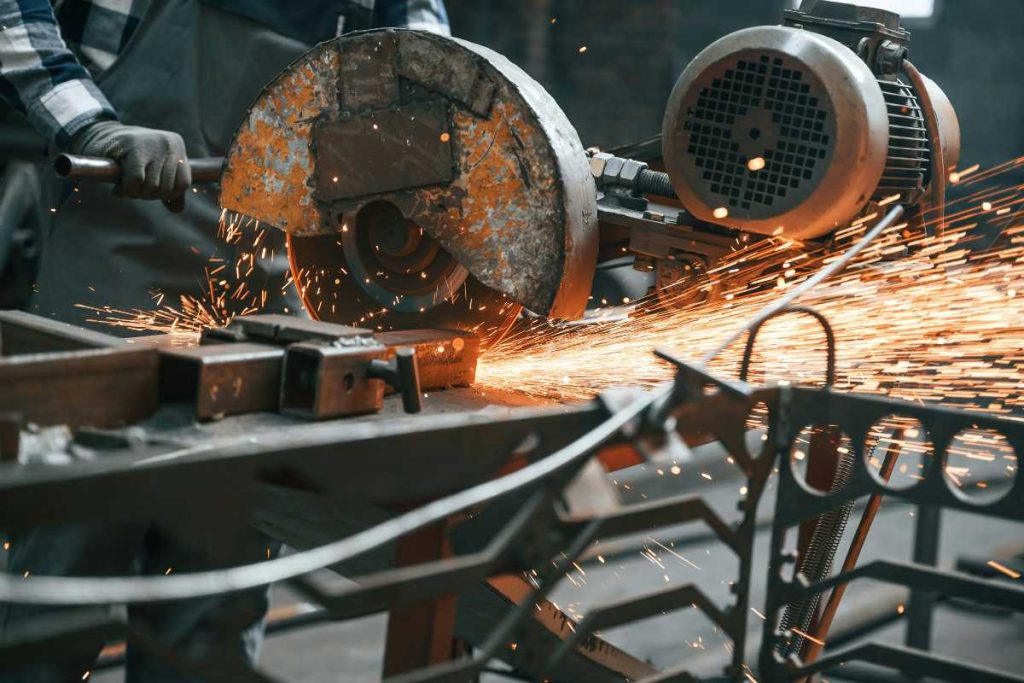Normally steel tubing has great value in terms of strength, applicability and has a very long lifespan. It finds application in the construction business, manufacturing, infrastructure, and many others. Nonetheless, though it is most certainly durable enough to deserve the title, it is not always durable.
Some of the reasons why most projects do not last as long as is expected of the steel in the project is that certain important factors are overlooked. Consideration and management of these largely ignored aspects may enable stable steel tubing performance to be achieved as time elapses.
Quality of Raw Materials
The quality of the raw materials forms the backbone of the power and durability of steel tubing. Even minor changes in the chemical makeup of steel can create large changes in the ability to resist corrosion and even the bearing capacity.
It might appear economically sound to select lower-grade steel, which in most cases results in high costs of maintenance and early replacement.
Another factor, which needs to be taken into consideration, is whether the steel has been manufactured in accordance with accepted industry practices. The manufacture of inferior production processes may have impurities or inconsistencies to weaken the metal.
By partnering with reputable suppliers, one can be able to ensure that high quality of inputs is utilized in the manufacture of the tubing and one can therefore be able to prevent failures due to premature wear and tear.
Precision in Manufacturing
The technique of the make is also critical in the durability aspect. Performance is directly related to factors like seam welding quality, consistent wall thickness and tolerance. Minor production defects may end up developing weak points, which will be compromised as a result of either pressure or weather.
Automated welding and laser inspection are the examples of highly advanced production methods that may greatly decrease the severity of all potential hidden defects. In case of commercial and structural applications, purchase decisions should focus on ensuring that the manufacturer standards of the supplier are established first.
Protective Coatings and Treatments
Steel tubing has the possibility of corrosion due to exposure to moisture, chemicals or rugged environments, which may hasten corrosion. This can be extended vastly by the use of protective layers of coating like galvanization, powder, or specialized coating paints the tubing. The coating of choice must suit conditions that the tubing has to encounter.
Surface preparation before coating is equally important. If an uneven or improperly applied coating is used, there will be places unprotected by the coating that could enable rust to penetrate.
Routine inspections and reapplication to provide a protective barrier as required should to some extent ensure that the protective barrier is active till the end of the service life of the tubing.
Environmental Exposure Conditions
The application or positioning use of steel tubing can have a massive impact on its length of time within an optimal state. A case example is tubing installed in coastal regions; which is exposed to salt laden air, which augments the corrosion rate. Steel may also be exposed to severe chemicals or extreme temperatures in an industrial environment, both of which require preventable measures.
The knowledge of the outlook on environmental challenges would enable better selection of materials and coating. At least in certain situations, where a particular component is quite different, it is a different metal, such as when you buy aluminum sheet metal online so that it is lightweight and corrosion resistant, that will be more compatible with the environment.
Maintenance and Inspection Practices
Steel tubing is not a maintenance-free material. Unless inspected on a regular basis, minor problems like scratches in protective coatings or small dents may grow to become a serious problem. The presence of a regular maintenance schedule gives a chance to detect these problems early and avoid repairing them at a later stage at a higher cost.
The inspection can be targeted only on places that you can see, it is important to pay attention to unknown areas that can be affected by moisture or structural stress. Decent steps like cleaning the collected dust and trash can also be employed to minimize the chance of corrosion and other forms of decay in the long term.
Correct Installation Methods
Even a high quality steel tubing will fail prematurely when not installed correctly. Any of these issues such as incorrect alignment, poor support or excessive tightness of fasteners can introduce stress points that degrade the tubing. During installation, adherence to manufacturers guide will provide support, and allow the proper use of the tubing.
In addition, proper handling before installation is important. Dents or micro-cracks can occur by merely dropping steel tubing or mishandling it and reducing the strength. Precaution in the process of transportation and assembling is a requirement to maintain the original quality of the tubing.





